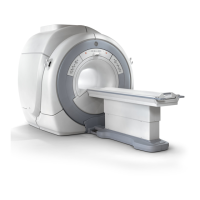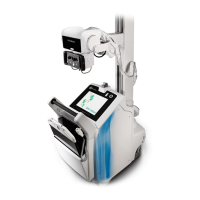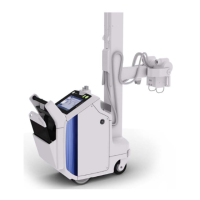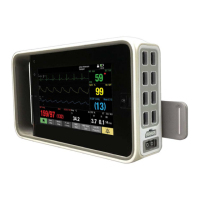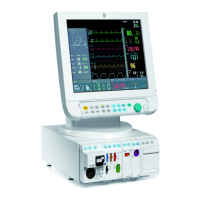GE COMPANY
DIRECTION 5472001-1EN, REVISION 6OPTIMA CT680 SERIES AND OPTIMA CT670 INSTALLATION MANUAL
Page 24 Preface
Headers and footers in this publication are designed to allow you to quickly identify your location.
The document’s part number and revision number appears in every header on every page. Odd
numbered page footers indicate the current chapter, its title, and current page number. Even page
footers show the current section and its title, as well current page number.
2.3 Computer Screen Output/Input Character Styles
Within this publication different character styles are used to indicate computer input and output text.
Character (input, output, and variable) styles are used and applied to the text within a paragraph so
as to indicate directions. Computer screen output and input is also formatted using mono (fixed
width) spaced fonts.
Example:
Fixed Output
This paragraph denotes computer screen fixed output. It’s output is fixed
from the sense that it does not vary from application to application.It’s
the most commonly used style used to indicate filenames, paths, and text.
Example:
Variable Output
This paragraph denotes computer screen output that is variable. Its output
varies from application to application. Variable output is sometimes found
placed between greater than and lesser than operators. For example:
<variable_ouput>
Example:
Fixed Input
This paragraph denotes fixed input. It’s typed input that will not vary
from application to application. Fixed text the user is required to supply
as input.
Example:
Variable Input
This paragraph denotes computer input that can vary from application to
application. Variable text the user is required to supply as input.
Variable input sometimes is placed between greater than and lesser than
operators. For example: <variable_input>. In these cases, the (<>)
operators are dropped prior to input. Exceptions are noted in the text.
2.4 Buttons, Switches and Keyboard Inputs (Hard & Soft Keys)
Different character styles are used to indicate actions requiring the reader to press either a hard or
soft button, switch, or key. Physical hardware, such as buttons and switches, are called hard keys
because they are hard wired or mechanical in nature. A keyboard or on/off switch would be a hard
key. Software or computer generated buttons are called soft keys because they are software
generated. Software driven menu buttons are an example of such keys. Soft and hard keys are
represented differently in this publication.
Example:
Hard Keys
A power switch ON/OFF
or a keyboard key like ENTER is indicated by applying a character style
that uses both over and under-lined bold text that is bold. This is a hard key.
Example:
Soft Keys
Whereas the computer MENU
button that you would click with your mouse or touch with your hand
uses over and under-lined regular text. This is a soft key.

